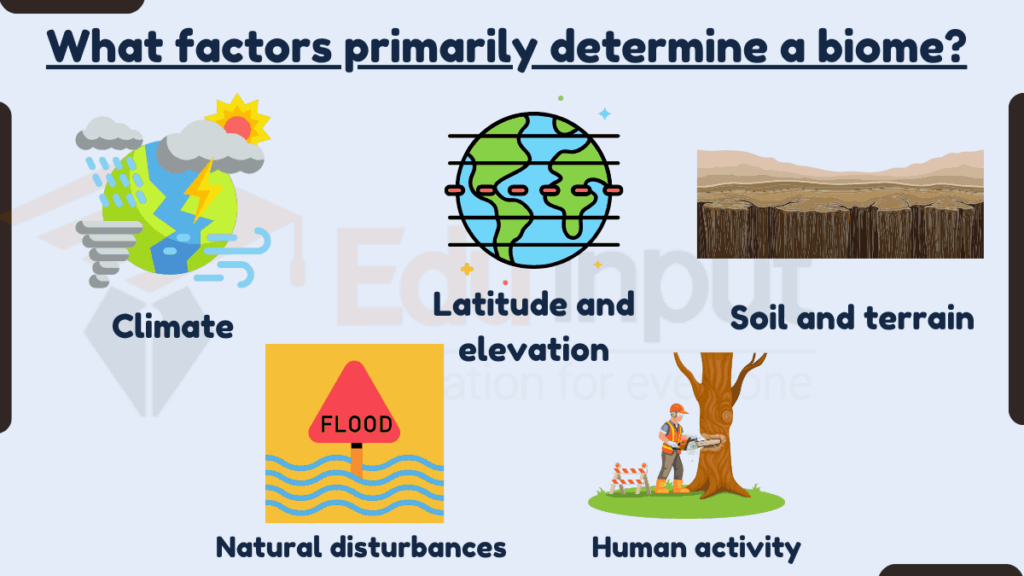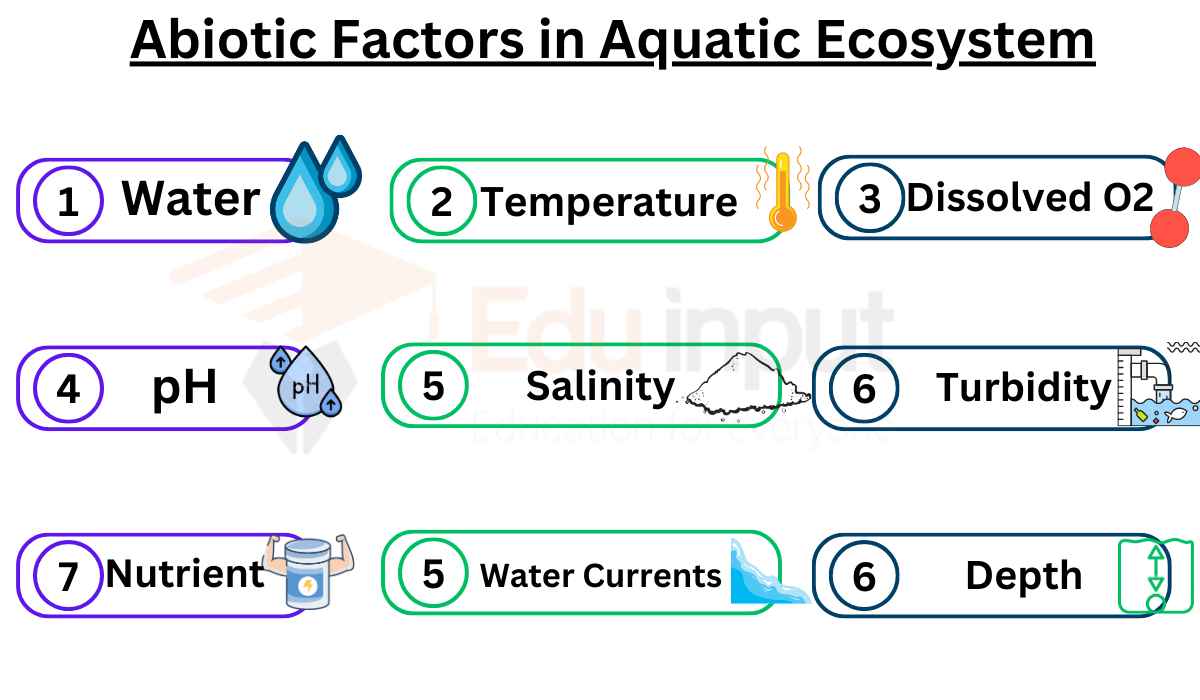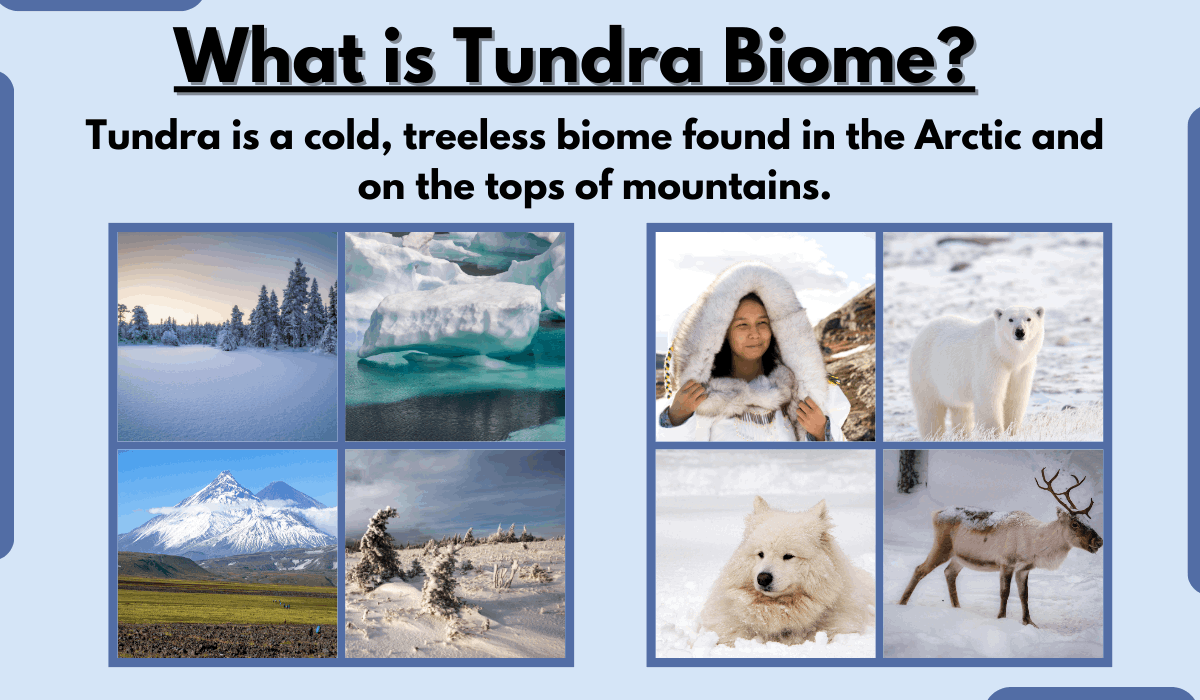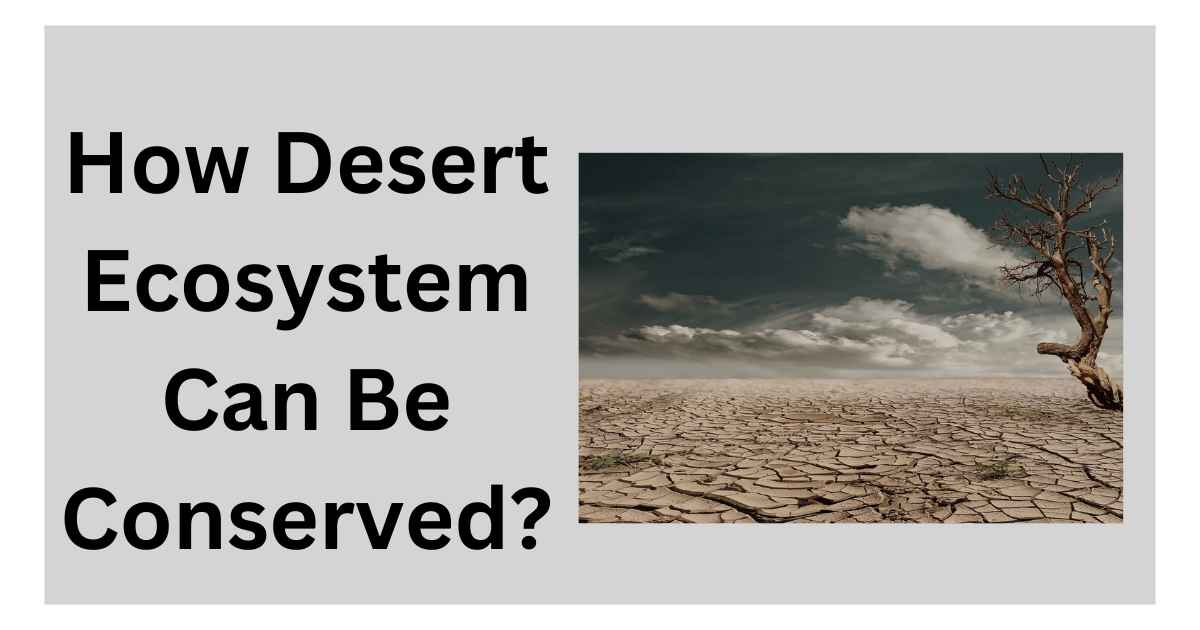What factors primarily determine a biome?
Climate, latitude, elevation, soil, topology, natural disturbances, and anthropogenic factors are major environmental determinants of biome. The interaction of these influences creates the unique conditions that s ustain each biome type.
Biomes with warmer and more humid climates tend to have higher levels of biodiversity than biomes with colder and drier climates. This is because warmer and more humid climates support a wider variety of plant life, which in turn supports a wider variety of animal life.

Also learn: How Do Biomes Change Over Time?
5 factors that determine a particular biome
There are several key environmental factors that determine what type of biome develops in a particular region:
1. Climate
Climate is the primary factor that determines a biome and its type. This includes things like average temperatures, precipitation levels, and seasonality.
Climate plays a huge role in shaping biomes, with tropical rainforests forming in warm and wet equatorial areas and tundra developing in extremely cold Polar Regions.
2. Latitude and elevation
Latitude affects the angle of the sun and overall climate, while elevation impacts temperature and precipitation.
Higher elevations tend to be cooler and receive more precipitation. Latitude and elevation help explain why there are different biomes at different locations across the globe.
3. Soil and terrain
The soil composition and topographic features of an area also influence biome development. Fertile soil allows dense forests to thrive, while shallow or rocky soil limits plant growth.
Steep terrain and deep valleys can create a variety of microclimates.
4. Natural disturbances
Events like wildfires, flooding, windstorms, and grazing animals can shape the species composition and appearance of biomes over time. Grasslands, for example, are maintained by grazing and fire disturbances.
5. Human activity
More recently, human actions like deforestation, agriculture, overgrazing, development, and pollution have altered many biomes, damaging or displacing native plant and animal communities. Introduced invasive species also impact biomes.
Also learn: Why Are Some Biomes More Fragile Than Others

 written by
written by 





Leave a Reply